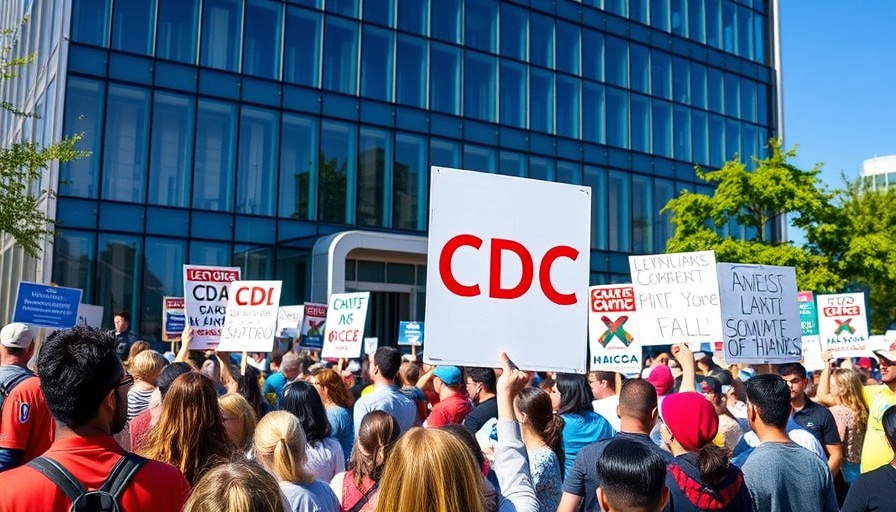
Understanding Cuts to the CDC: Why They Matter
The recent announcement of significant cuts to the Centers for Disease Control and Prevention (CDC) has raised considerable alarm across the nation. This article aims to uncover the broader implications of these drastic changes and why protecting our health agencies is crucial.
The Impact on Public Health
As outlined by former CDC Director Tom Frieden, these cuts endanger vital programs that prevent disease and save lives. Historically, the CDC has played a pivotal role in combating public health threats, from infectious diseases to environmental hazards. Reductions in funding and manpower could mean a resurgence in illnesses that were previously under control.
Key Programs Facing Elimination
Specific programs, like the Office on Smoking and Health, have seen their team dismantled. This office was directly responsible for significant reductions in smoking and vaping rates among American youths. Its closure raises concerns over potential increases in tobacco use and associated health risks as the CDC loses its workforce dedicated to monitoring and prevention.
Environmental Health: A Crucial Line of Defense
The CDC's Environmental Health Laboratory has played a crucial role in identifying and mitigating hazardous substances in our environment. This lab is instrumental in protecting communities from threats like lead poisoning and contaminated drinking water. With its dismantling, the nation risks being unprepared for environmental health crises that could lead to grave outcomes.
Conclusion: The Case for Investing in Public Health
Investing in public health is not just about funding; it’s about saving lives and reducing long-term healthcare costs. As we navigate these changes, it's essential to advocate for a well-resourced CDC that can effectively safeguard our health. This reliance on preventive measures can lead to healthier communities and an overall reduction in healthcare expenditures.
 Add Row
Add Row  Add
Add 




Write A Comment